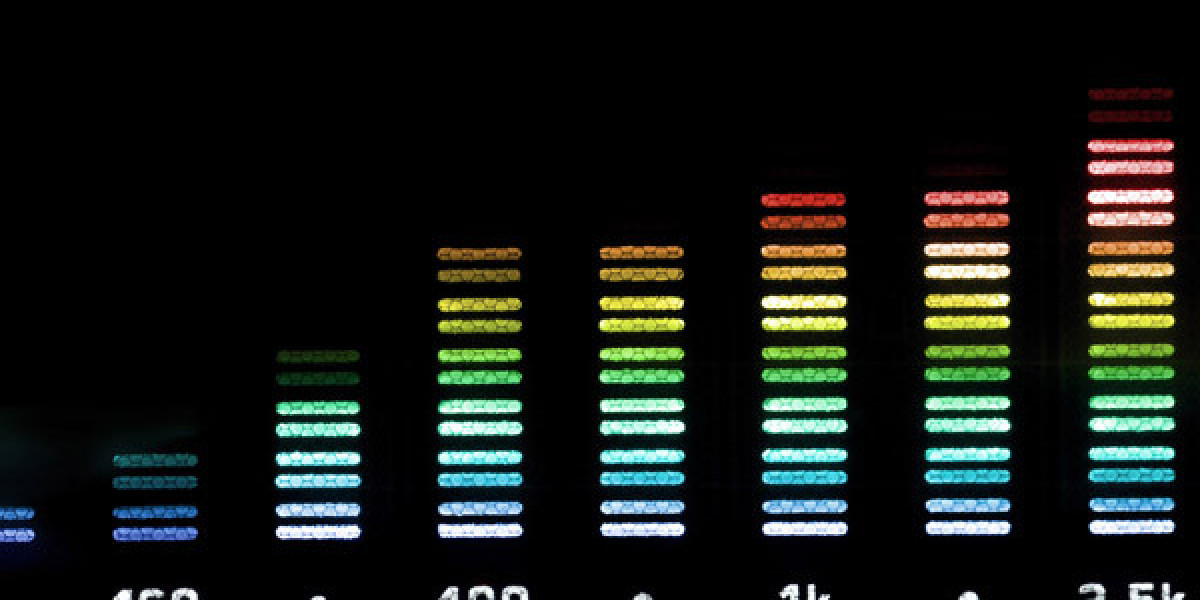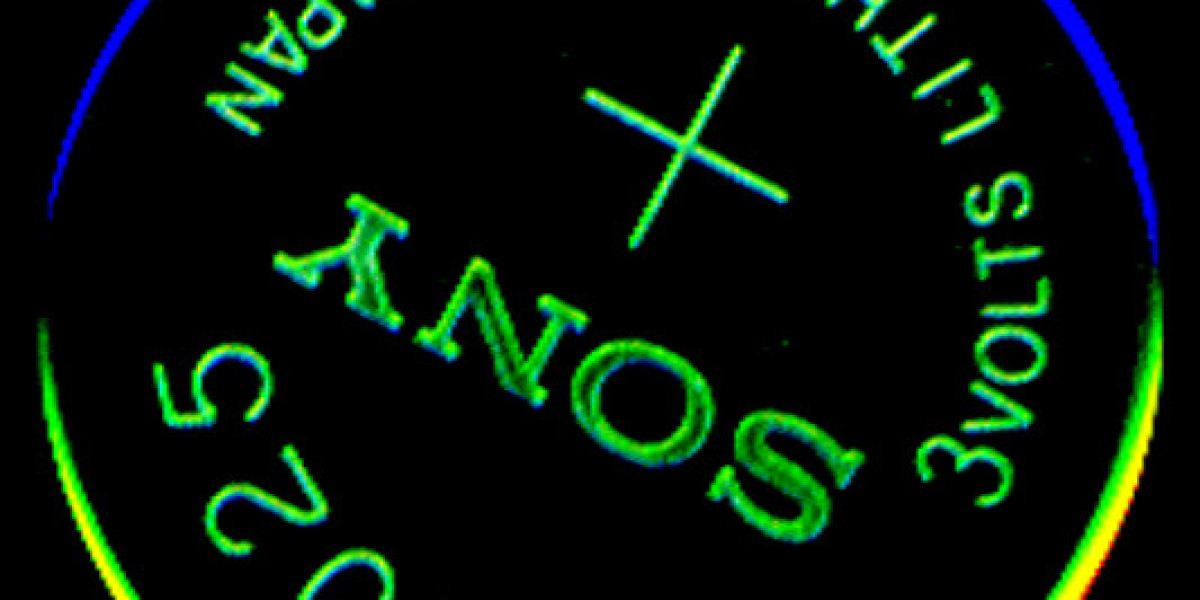DBol Results In Bodybuilding Cycles And Stacks
# 1 Introduction
Dianabol (abbreviated **DBol** or **2‑B**) is the street name for the anabolic steroid *methandrostenolone*. It is a synthetic derivative of testosterone that was first developed in the 1950s as a performance‑enhancing drug for athletes and bodybuilders. Although it can increase lean muscle mass, strength, and endurance, it also carries significant health risks and is banned by most professional sporting bodies.
> **Key Takeaway:**
> – *DBol* may help you gain muscle quickly, but the side effects—both short‑term and valley.md long‑term—can outweigh the benefits.
---
## 1. How DBol Works
| Mechanism | What Happens in Your Body |
|-----------|--------------------------|
| **Androgen Receptor Binding** | DBol binds to androgen receptors in muscle cells, triggering protein synthesis and increasing muscle fiber size. |
| **Inhibition of Myostatin** | It suppresses myostatin (a growth‑inhibitor), allowing more rapid muscle growth. |
| **Fluid Retention** | DBol causes sodium retention → water weight gains that can make you look fuller and heavier. |
### Typical Outcomes
- **Muscle mass gain**: 1–3 kg per week in trained athletes.
- **Strength increase**: up to 10% improvement after 4–6 weeks of training.
- **Water weight**: 2–5 kg due to fluid retention.
---
## 2. What Happens When You Stop?
### a. Hormonal Roller‑Coaster
| Time | What Happens |
|------|--------------|
| Immediately (days) | Testosterone production rebounds slowly; luteinizing hormone (LH) and follicle-stimulating hormone (FSH) rise, but endogenous testosterone may still be suppressed for 2–4 weeks. |
| 1‑3 weeks | "Post‑steroid surge" – LH/FSH spikes can drive a temporary testosterone increase (often above baseline). |
| 4‑6 weeks | Hormone levels normalize; if the cycle was long or high dose, there may be a mild hypogonadism period. |
- **Impact on mood**: The post‑surge may bring improved mood; however, if hormone levels fall below normal after the surge, anxiety and irritability can return.
- **Impact on energy & sleep**: Improved testosterone often boosts energy; better sleep hygiene improves rest.
### 3.2. Impact of the 4‑Week Break
- **Recovery of hypothalamic‑pituitary‑gonadal axis**: A brief drug-free period allows the body to reset, improving natural hormone production.
- **Mood stabilization**: The break may reduce cumulative stress and allow emotional resilience to rebuild.
---
## 4. How This Relates to Your Current Symptoms
| Symptom | Likely Cause (Based on Timeline) | Possible Intervention |
|---------|-----------------------------------|-----------------------|
| **High anxiety, racing thoughts** | Elevated cortisol + disrupted sleep from last drug dose | Cognitive‑behavioral strategies; relaxation training; consider a short‑term anxiolytic if necessary |
| **Sleep difficulties** | Shift in circadian rhythm after discontinuation + caffeine intake | Sleep hygiene: consistent bedtime, limited blue light exposure, 0.5–1 g of melatonin (if needed) before bed |
| **Low energy / fatigue** | Post‑cessation rebound of cortisol + possible mild hypothyroidism (common in long‑term steroid users) | Evaluate thyroid function; maintain balanced diet and moderate exercise |
| **Feeling "stuck" / mental fog** | Residual glucocorticoid effects on hippocampal function + lack of sleep | Encourage short, bright light exposure during the day, structured cognitive tasks to improve focus |
---
## Practical "Next‑Step" Recommendations
| Symptom | Immediate Action | Follow‑Up |
|---------|-----------------|-----------|
| **Sleep difficulty** | 1. Keep a consistent bedtime routine (10‑15 min wind‑down).
2. Avoid stimulants 6 h before bed.
3. Use brief naps only if necessary and not after 3 pm. | 1‑week review: If sleep latency >30 min or total sleep <6 h, consider a short‑acting hypnotic (e.g., low‑dose trazodone). |
| **Daytime fatigue** | 1. Monitor caffeine intake (<200 mg/day).
2. Ensure at least 7–8 h of sleep nightly.
3. Light aerobic activity in the afternoon. | If persists >4 weeks, evaluate for anemia or thyroid dysfunction (CBC, TSH). |
| **Mood lability** | 1. Structured daily routine.
2. Relaxation techniques (deep breathing, progressive muscle relaxation).
3. Cognitive‑behavioral strategies to challenge negative thoughts. | If depressive symptoms worsen, consider SSRI (e.g., sertraline) at low dose with close monitoring for activation. |
---
## 5. When to Escalate Treatment
| **Trigger** | **Recommended Action** |
|-------------|------------------------|
| Persistent insomnia ≥ 6 weeks despite CBT‑I and adequate medication compliance | Consider adding a hypnotic agent (e.g., zolpidem, zaleplon) or optimizing dosage; refer to sleep specialist. |
| Severe daytime fatigue interfering with work/safety | Evaluate for narcolepsy or other sleep disorders; consider stimulants (modafinil). |
| Mood symptoms worsening or suicidal ideation | Immediate psychiatric assessment and possible adjustment of antidepressant dose or switch. |
| Significant anxiety limiting sleep onset | Consider short‑term anxiolytics (benzodiazepines) with taper plan; add CBT for anxiety. |
---
## Summary
- **Medication**: Escitalopram 10 mg nightly, Trazodone 50 mg nightly.
- **Behavioral**: Sleep hygiene education and CBT-I techniques.
- **Monitoring**: Weekly check‑ins for first month; then monthly.
- **Adjustments**: Dose increases or medication changes based on response and side effects.
This integrated plan addresses both pharmacologic and behavioral aspects of insomnia, aiming to improve sleep quality while mitigating anxiety and enhancing overall well‑being.







